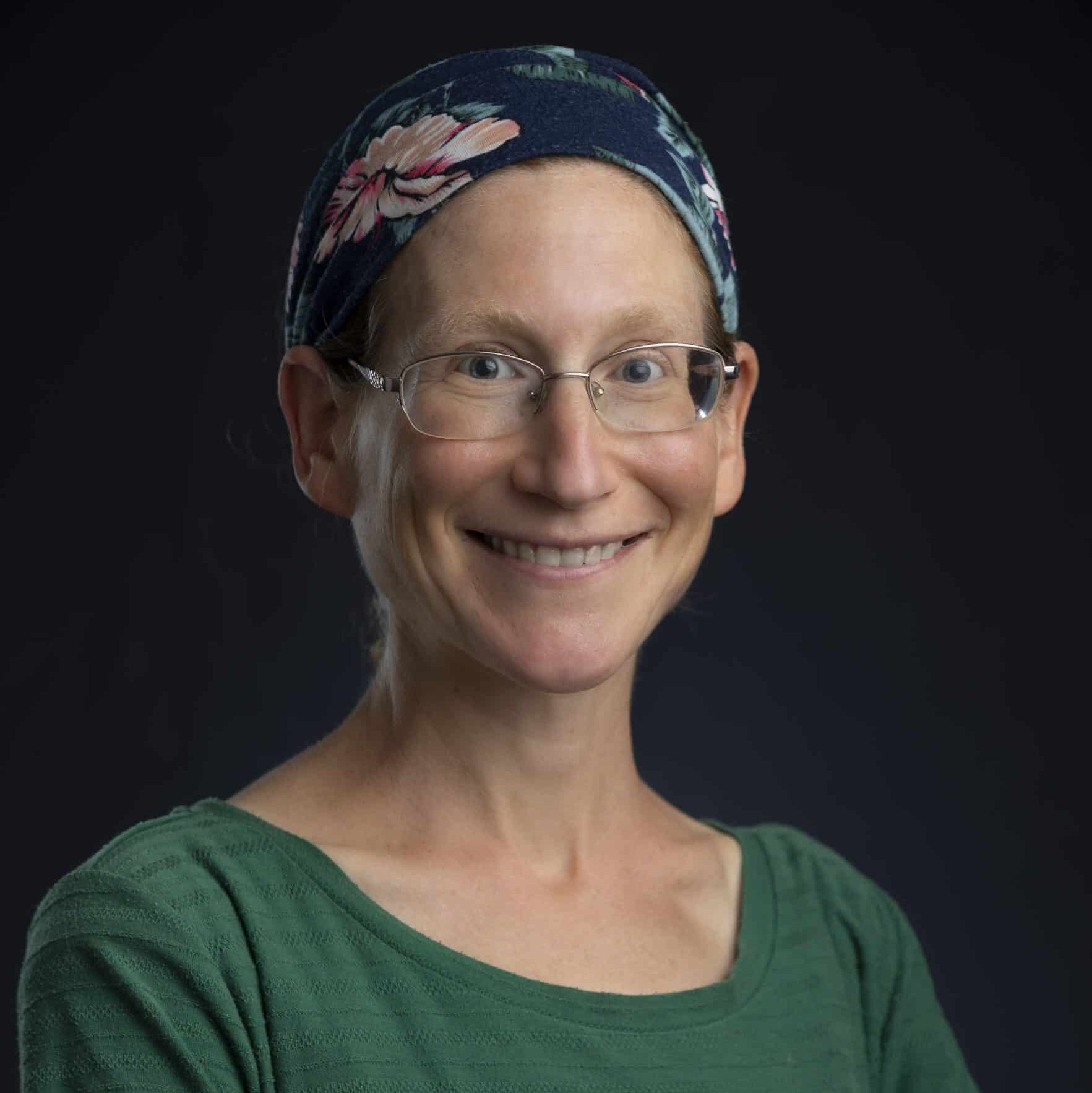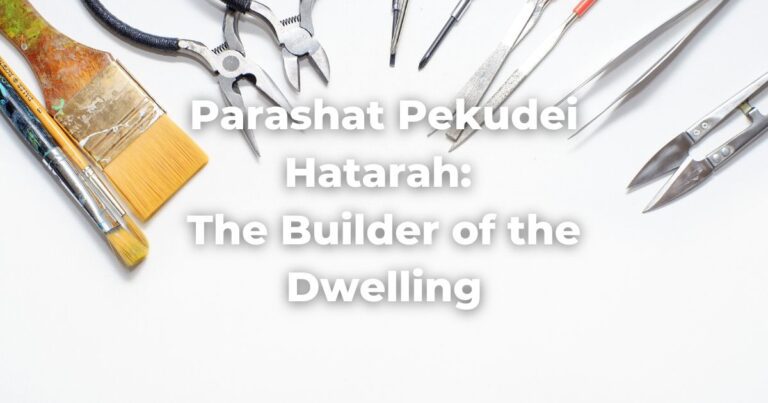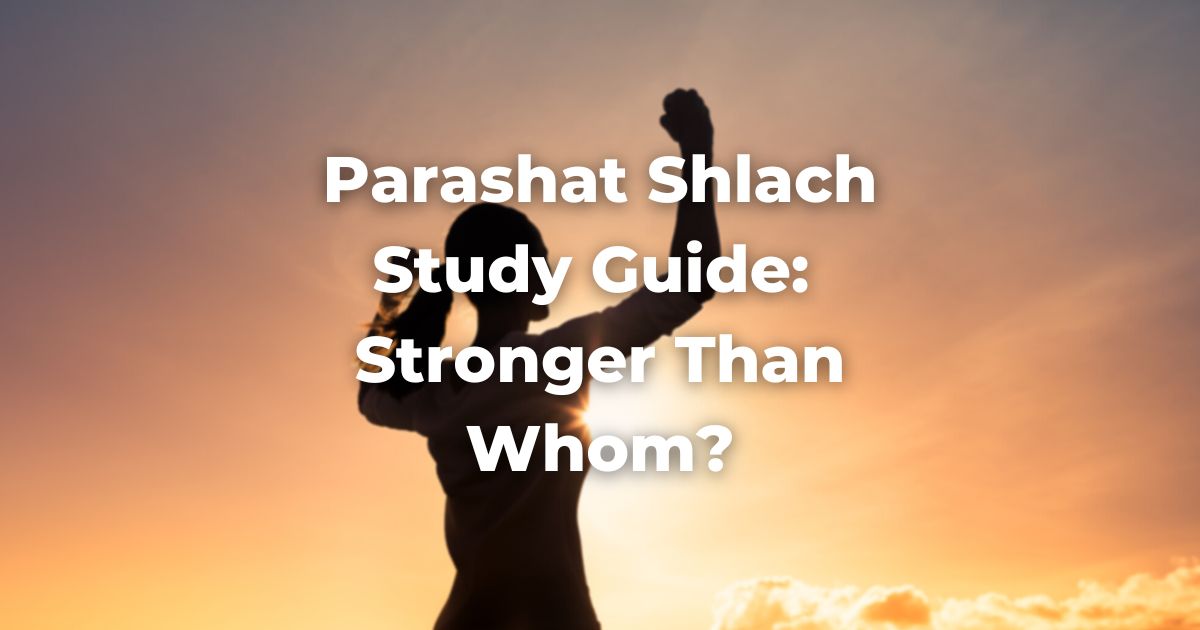When my husband and I began dating, I took him to meet my family in the town where I was raised.
One afternoon we went on a long run together around town, and I gave him a guided tour of my childhood: Here is where I went to high school. Here is where I fell off my bike in fifth grade. Here is where my best friend lived.
I was reminded of this moment in our courtship when reading this week’s parashah, Masei, with its focus on geography and its underlying theme of romantic reminiscence.
Geography and Romantic Reminiscence
Parashat Masei opens with a long list of all the encampments of the Israelites in the wilderness, proceeds to delineate the borders of the land of Israel, and then mandates the allocation of specific cities for the Levites and, from among those holdings, the designation of cities of refuge.
At first this focus on journeys, boundaries, and cities seems rather dull and prosaic; after all, does the TorahRefers to the first five books of the Hebrew Bible, the Tanakh, also called the Five Books of Moses, Pentateuch or the Hebrew equivalent, Humash. This is also called the Written Torah. The term may also refer to teachings that expound on Jewish tradition. Read more really need to recount for us every single one of the forty-two places in the wilderness where the Israelites set up camp?
Read with a more poetic sensibility, however, our parashah becomes a love letter to the Jewish people and to the land of Israel, expressing God’s devotion in language less literal than lyrical.
Geography of the Journey
The opening verses of our parashah provide an itinerary of the wilderness journey, beginning with the departure from Rameses, Egypt on the fifteenth of Nisan, and culminating in the arrival at the steppes of Moab, at the Jordan near Jericho, a full forty years (and forty-nine biblical verses) later. The midrashThis word is used in two ways, as both a concept and a literature. As a concept, midrash is the expansive interpretation of biblical texts. The term is used to describe the practice of rabbinic interpretation. As a text, it refers to specific collections of interpretations, particularly from the third to ninth centuries in the Land of Israel and Babylonia. Plural: Midrashim
Read more explains the purpose of this extensive itinerary by reference to a parable about a king whose son was ill.
The king took his son on a journey to a distant place to heal him. When they were on their way back, the king began recounting the various stages of their journey: “Here we slept. Here we cooled off. Here you had a headache.” The parable draws the analogy to God’s instruction to Moshe to “recount to the Israelites all the places where they provoked me” (Tanchuma Numbers 33:1; Rashi on 33:1).
In this parable, God is the king who brings the Israelites on a long journey to heal them from the wounds and traumas inflicted by slavery, transforming them into a mature people capable of bearing responsibility.
As the many encampments suggest, it was a journey with many starts and stops, and many moments of rupture. But in spite of all the times the Israelites provoked God along the way—by complaining about the food, by speaking ill of their leaders, by constructing an idolatrous calf—God nonetheless stayed with them.
Reading the Paragraph of a Lyric of Love
In the weekly synagogue Torah reading, it is customary to chant the forty-nine verses detailing the Israelites’ itinerary to a special melody instead of the regular cantillations.
This melody is very similar to the melody used to chant the Song of the Sea (Exodus 15), originally recited when the Israelites first set out on their journey, suggesting that the itinerary of the “journeys” from which Parshat Masei takes its name is in fact a song of its own, parallel to the Song of the Sea.
As such, we might think of the Song of the Sea and Masei as bookends, flanking the forty years of wandering in poetic chant. In the Song of the Sea, the people praise God for what He has pledged to do for them: “In Your love you lead the people You redeemed…Till your people cross over, O Lord” (Exodus 15:13, 16).
In the lyrical itinerary of Masei, they attest that God has made good on that promise, standing by them through thick and then.
The period of wandering in the wilderness is analogized in the prophetic imagination to a time of young love between God and Israel: “I remember the devotion of your youth, how as a bride you loved me and followed me through the wilderness, through a land not sown” (Jeremiah 2:2).
God led the people day in and day out, by pillar of cloud and pillar of fire, through the seemingly endless sands of the wilderness; the people in turn followed God devotedly, trusting in God’s love. In the book of Exodus, the final of the “four languages of redemption” used to describe God’s pledge to the Israelites captures this exclusive bond: “And I will take you to be My people, and I will be Your God” (Exodus 7:7).
The long wilderness journey, in all its many stages, serves to seal this bond of love between God and the people of Israel, which will blossom into maturity once the people settle in the Promised Land.
The second half of the parashah, which focuses on the borders of the land of Israel and the designation of special cities within it, looks ahead to this period of more mature love, when God and Israel at last settle down with one another.
The Torah sketches the boundaries of the land, moving from the tip of the Dead Sea in the south, to the shores of the Great Sea in the west, to the peak of Mount Hor in the north, to the slopes of the Kinneret in the east. These verses read less like a geography lesson than like a literary blazon cataloguing the physical features of a beloved subject, as in Spenser’s marriage poem, Epithalamion: “Her goodly eyes like sapphires shining bright / Her forehead ivory white…”
Indeed, throughout the classic biblical love poem, the Song of Songs, the female lover is described by invoking geographical sites and features of the land of Israel: “My beloved to me is a spray of henna blooms from the vineyards of Ein Gedi…Your hair is a flock of goats streaming down Mount Gilead… Your neck is like the Tower of David” (Song of Songs 1:13, 4:1, 4:4).
The midrash leaves no doubt that the land is an expression of God’s love: “The Holy One Blessed Be He said to Israel: The land of Israel is beloved unto me, as it is written, ‘the land the Lord your God cares for’ (Deuteronomy 11:12), and Israel is beloved to me, as it is written, ‘for the Lord your God loves you’ (Deuteronomy 23:6). God said: I will enter the people of Israel, who are beloved to Me, into the land that is beloved to Me” (Tanchuma Buber, Masei, 5).
The prophets, too, describe the people’s relationship to the land of Israel as a romantic bond. When the people of Israel leave the land, it becomes like a widow (“Alas! How lonely sits the city… She that was great among nations, is become like a widow” Lamentations 1:1); when they return to the land, it is like a wedding celebration (“Nevermore shall you be called abandoned. But you shall be called ‘I desire her,’ and your land ‘mastered’ (be’ula, from ba’al)… as a young man masters a maiden, and as a bridegroom rejoices over his bride,” Isaiah 62:4-5).
God’s love for the people of Israel is consummated only when they settle within its borders, which God fervently desires.
As Rabbi Yehuda Brandes notes in a Dvar Torah that inspired my own (also see the Tiferet Shlomo on Masei; quoted in Torat Imecha, vol. 2, p. 443, untranslated), the term used in our parashah to signify “draw a boundary line” (t’tau, 34:7; v’hitavitem, 34:10) comes from the same root as the Hebrew word for “desire” (ta’ava), suggesting that the demarcation of boundaries is not merely political or geographic, but is an expression of love and longing.
Our parashah, filled with place names and geographical features, is a mapping of the evolving romance between God and Israel, beginning with the young bride trailing after her groom through the wilderness and culminating in the couple building a home together in the Promised Land. From Rameses to Succot, from Succot to Etam.
From the Great Sea to Mount Hor, and from Mount Hor to Levo Hamat. Like the tour I gave my husband of my hometown, these litanies—read less literally—are a lyric of love.
See more: Parashat Masei
Originally posted as part of the Conservative Yeshiva at the Fuchsberg Jerusalem Center’s Torah Sparks. Support Torah learning from the Fuchsberg Jerusalem Center/Conservative Yeshiva for leaders and seekers around the world here.
Authors
-

Ilana Kurshan teaches TalmudReferring to one of two collections, the Jerusalem and Babylonian Talmuds, edited in the 6th century, that contains hundreds of years of commentary, discussion, and exploration of the ideas in the Mishnah. One could describe it as Mishnah + Gemara = Talmud Read more at the CY. She is the author of If All the Seas Were Ink (St. Martin’s Press, 2017) and Why is This Night Different From All Other Nights (Schocken, 2005). She has a degree in History of Science from Harvard and in English literature from Cambridge, and has worked in literary publishing both in New York and in Jerusalem – as a translator, a foreign rights agent, and as the Books Editor of Lilith Magazine. Since October 2020, Ilana has been a regular contributor to Torah Sparks, FJC’s weekly parashat hashavuah blog.
View all posts -



The Fuchsberg Jerusalem Center (FJC) is a home in the heart of Jerusalem where leaders and seekers can find an authentic place in Jewish tradition to call their own. FJC offers opportunities to study, pray and explore within an egalitarian and inclusive setting, creating multiple pathways for finding personal and communal meaning.
View all posts






